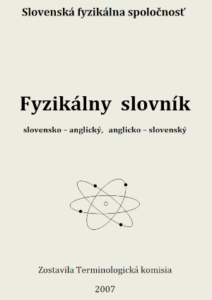Study of the Structure of Chemically Gradient Thin Films
Thin films prepared with a compositional gradient represent a materials library suitable for studying structure formation and measuring material properties across a wide range of chemical compositions. The motivation for obtaining the structural composition of the materials library is the applicability of the thin film on a polyimide substrate for flexible electronics. Structural analysis was carried out using photon diffraction in transmission mode at the synchrotron radiation source on beamline ID-22 at ESRF, with micro-focusing of the beam to 0.5 x 0.5 mm² to ensure local characterization.
A binary Cu-Zr and a ternary Cu-Zr-Ag composition were produced using magnetron sputtering from selected sources of individual pure elements. In the binary thin film system, an amorphous phase was identified with a composition where the Zr content corresponded to the chemical composition Cu₅₁Zr₁₄. Increasing the Zr content in the composition resulted in the formation of nanocrystalline pure hcp Zr, whose phase fraction and nanocrystal size increased with higher Zr content in the chemical composition. The crystallographic texture of the nanocrystalline phase showed strong preferential orientation. The normal to the prismatic plane of hcp Zr is parallel to the vector from the local measurement point to the Zr sputtering source. The addition of Ag to the composition led to an expansion of the fully amorphous phase region up to the composition Cu₃₃Zr₆₀Ag₇. If the chemical composition of the thin film contains more than 10% Ag, the structure is single-phase amorphous. However, if the Ag content is lower than 7%, the formation of the nanocrystalline hcp Zr phase depends on the Cu:Zr ratio. In the published work, the structural evaluation was performed based on determining the range of the structural signal of the pair distribution function through the integral calculation of the cumulative function. Additionally, a method was proposed for refining the first diffuse maximum of the amorphous phase in reciprocal space using a skewness parameter, which clearly identifies the initial stages of nanocrystalline phase formation in the thin film materials library.
Information about the event




